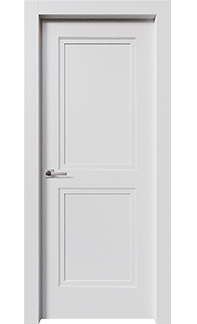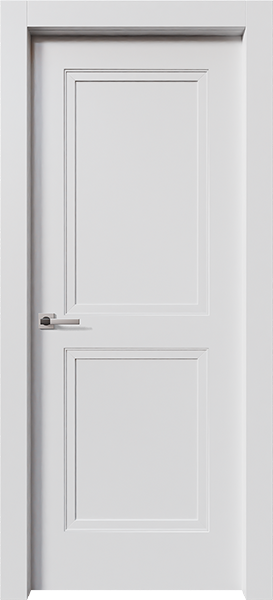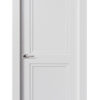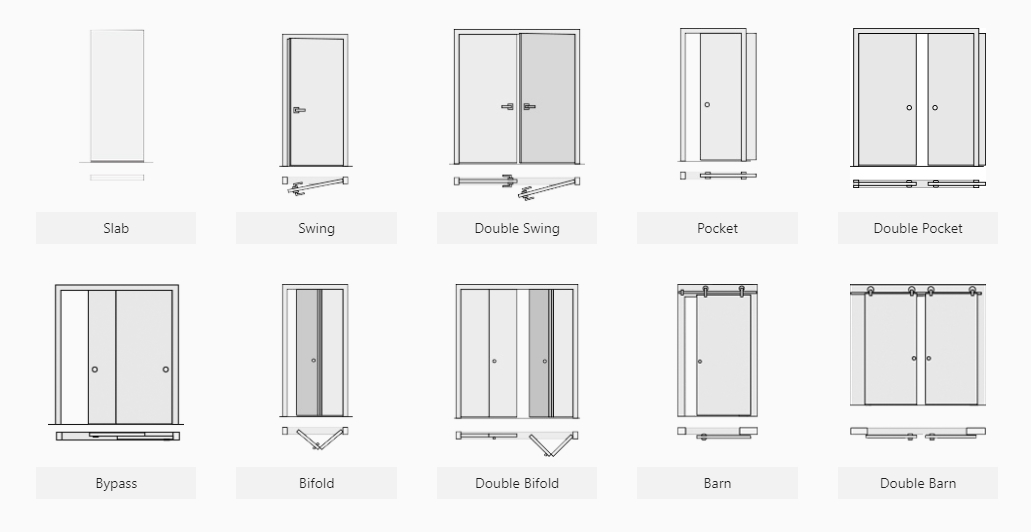Description
THE DOOR NAME ORIGIN – “CASCADE STYLE PAULO”
This two-panel interior door is part of our “affordable luxury” philosophy as well as a full-fledged member of the cascade style collection, which is to say that the moldings are put together in layers, rendering the resulting item not just charmingly elegant but extraordinarily reliable in terms of structural integrity.
It is named – this interior door model is named – after the celebrated late Baroque sculptor Paolo Persico whose lavish style makes you see luxury in a whole different light. Our designers felt they owed the fellow a debt of gratitude. They may have been right about that. As a source of inspiration, Paolo’s works are unique.
As prolific as he was, he is best known for his contribution to the Royal Palace of Casetra whose construction, which began 1752, was ordered by Charles VII of Naples. The insightful monarch’s purpose was to put together something that would rival the Palace of Versailles (the halls, the gardens, the fountains, the interior doors, and so forth) constructed a century earlier. (Because Emperor Hadrian’s villa was ruined in barbarian attacks on Rome and a number of civil wars, Versailles has been the yardstick against which luxury is measured ever since it was finished). A secondary purpose was to have a magnificent royal court and administrative center in a location protected from sea attack, and distant from the perpetually restless city of Naples.
It is curious that in 1998 the palace served for four days as a filming location for Star Wars: The Phantom Menace. But that’s not the point.
Persico was responsible for creating the fountain statues of Diana and Acteon in a fountain, as well as the Lions for the entrance stairway, a Faun, The Gladiator, and an Apollo. These creations truly look alive rather than striking a pose, a theme characteristic of late Baroque luxury and taken to a whole new level by the sculptor.
As for the finish (we’re talking about this interior door model again), it is the result of a number of recent technological breakthroughs. While at least as pleasant to look at and smooth to the touch as anything produced by traditional methods, this interior door finish is “wrapped” by applying heat and pressure working on molecular level. This effectively renders the interior door warp-resistant, water- resistant, and scratch resistant, all at the same time, and absolutely fade-proof. As a result, this interior door requires virtually no maintenance apart from the occasional dusting.
As it is with all Almes interior doors, this one comes with all the usual great features, one of which is the state-of-the-art hardware. The Italian-made 3D- adjustable self-lubricating concealed hinges make the installation ten times easier, ensure that the door will never creak, and augment the overall elegance by hiding the pin from sight. Actually, there is no pin. For more information on how this is achieved, please refer to our hardware page. Then there’s the magnetic lock, making the operation smooth and absolutely silent. Finally, the automatic sweep activated each time you close the door ensures privacy as well as providing thermal insulation which will dramatically reduce your electrical charges.
And now let’s discuss the finishes.
FINISH: PRIMED
The advantages of this approach – of this type of interior door finish – are fairly obvious. Pick a color, any color that suits your projects best. Mix and apply. Re- coat whenever you feel it is necessary to do so. Touch it up. It gives you, the proud owner of these interior doors, complete freedom of choice, and the significant savings, especially where it comes to bulk orders, can be a true source of joy.
As Kurt Vonnegut mentions in one of his novels (Bluebeard, unless I’m mistaken … check it out when you get a chance), the thrill of laying on colors is a large part of the artist’s professional satisfaction. In other words, a keen pleasure.
When back in the remote past visual arts became a field dominated by professionals rather than hobbyists, the main problem of “just laying on paint” became obvious: you can’t.
The medium of choice back then was egg tempera, a permanent, fast-drying substance consisting of colored pigments mixed with a water-soluble binder medium, usually glutinous material such as egg yolk. Portraits and ornaments were executed in this medium, and the wood panel was the surface of choice. One of tempera’s interesting features is that it is not as easily absorbed by wood as other mediums. Some sort of primer was necessary, of course, but pretty much any substance that dried evenly could be used.
The drawbacks of tempera, or pintura al temple, as the Spanish call it, only became obvious with the advent of the Renaissance, when the leading representatives of the trade turned to oil (and interior doors suddenly became a great deal less crude, but that’s a story for another day).
Oil painting is the process of “painting with pigments with a medium of drying oil as the binder.” Commonly used types include linseed (highly preferable in art, though not necessarily in interior doors, mind you), poppy seed, walnut, and safflower.
Today, five hundred years later, it is safe to say that oil is more versatile than pintura al temple – by orders of magnitude. Specifically, the contrasts achieved through the former are much greater, the darks are far deeper, and three- dimensional, highly realistic images are much easier to achieve. Next time you visit a museum, take a closer look at pintura al temple portraits. All of them, without exception, come off as a bit “flat” as opposed to their latter-day counterparts.
Also, where glazing is concerned …
Glazing: a painting technique in which a transparent layer, with just a touch of pigment, is laid over a previously painted surface, allowing light to travel through the glaze and be reflected back off of the opaque layer below. Gentle shadows, subtle changes of color, smooth transitions – all these can be achieved through glazing, which was used by all artists up until the middle of the Nineteenth Century, when artist tubes were invented, revolutionizing the field, and other techniques began to be explored.
Tempera enthusiasts (it takes all kinds to make a world) will assure you that glazing is not just possible in pintura al temple but is actually the basis of the whole enterprise. Well, what are you going to do? They’re enthusiasts.
Anyway, la peinture à l’huile, as the French call it, re-introduced the ancient problem of most surface’s propensity to absorb dipingere, as the Italians call the stuff. Wood or canvas, it is all the same: you’re not going to get very far without a good primer.
Experiments were conducted, and soon rabbit skin glue emerged as the least expensive and most effective solution. It was easy to apply. It dried evenly. It made the application of the l’huile stuff on top of it a walk in the park.
There were drawbacks. Today, rabbit skin glue is considered to be a major cause of cracking by most modern conservators. (Remember, when you visited the Metropolitan Museum of Art – and did you see those interior doors? … some of them are quite something … – most “old masters” pictures are completely covered with a cobweb of cracks? There you go). Because the glue is hygroscopic, it continually absorbs moisture from the atmosphere, causing the glue to swell and shrink as ambient humidity levels change. Over many humidity cycles, this repeated flexing causes the brittle oily layers to crack.
To combat this problem, modern primers are made of acrylic materials which are guaranteed not to cause any damage to the dipingere. No bubbling, no cracks. Your interior doors are safe.










